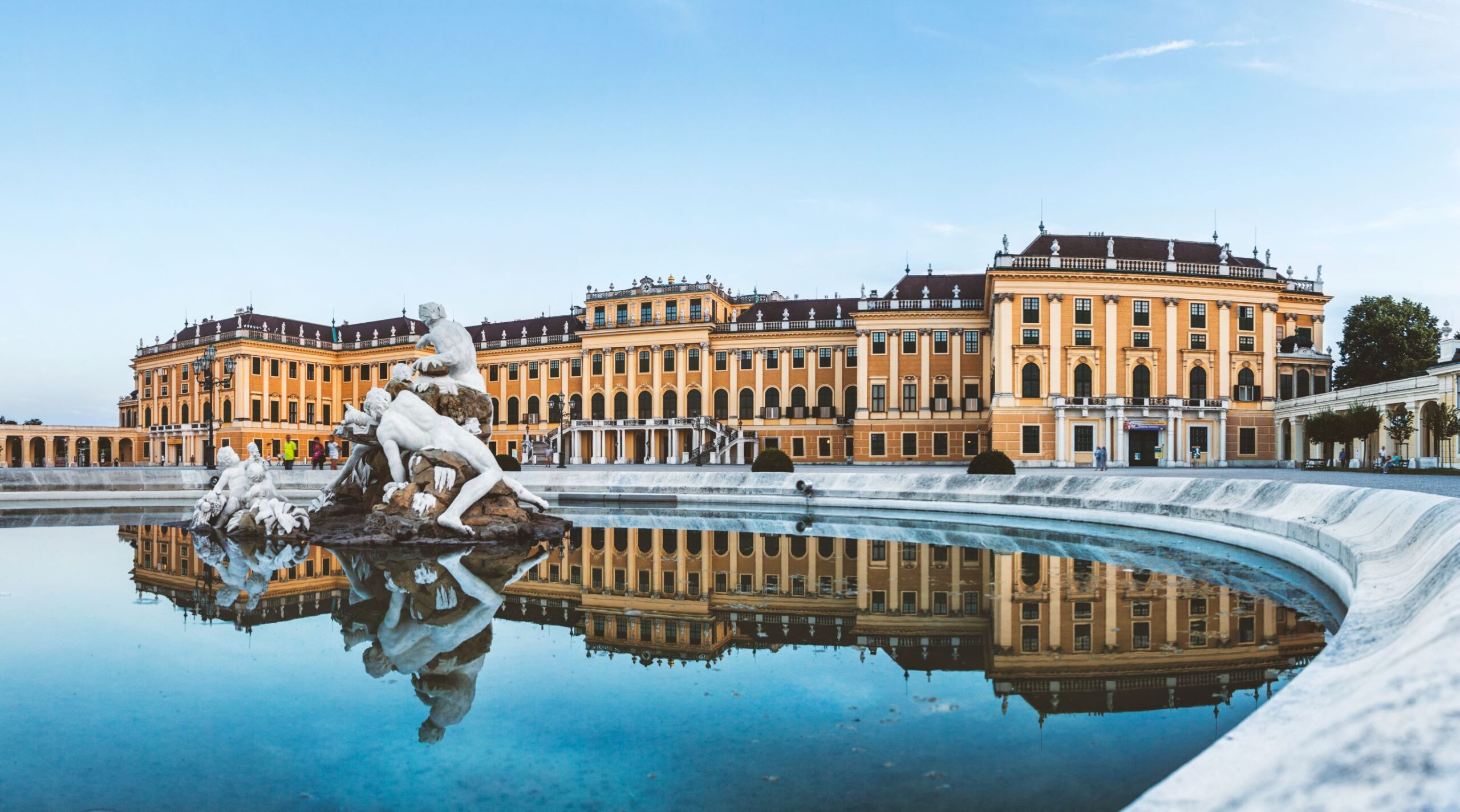Vienna, Austria
Vienna is the capital and largest city of Austria, with a population of around 1.9 million people. Located in the eastern part of the country, Vienna is a vibrant and cosmopolitan city with a rich history and cultural heritage. The city’s economy is based on a mix of industry, services, and tourism, with many major international companies having a presence in Vienna.
Vienna has a humid continental climate, with cold, snowy winters and warm, rainy summers. The average temperature in the city ranges from -1°C (30°F) in January to 23°C (73°F) in July. The best months to visit Vienna are from April to May and from September to October, when the weather is mild and sunny.
There are many things to do and see in Vienna, with its rich cultural heritage and vibrant city life. Some of the top attractions in Vienna include the Schönbrunn Palace, which is a UNESCO World Heritage Site and was the former summer residence of the Habsburg monarchs, and the Belvedere Palace, which houses a collection of Austrian art and artifacts.
Other popular activities in Vienna include visiting the Kunsthistorisches Museum, which houses a collection of art and artifacts from around the world, and the Wiener Riesenrad, which is a giant Ferris wheel offering stunning views of the city.
Vienna is also known for its many beautiful parks and gardens, such as the Prater, which is a large public park with a variety of recreational activities, and the Schlosspark Schönbrunn, which is the former palace garden of the Habsburg monarchs and is a popular spot for picnics and outdoor activities.
Additionally, Vienna is known for its vibrant nightlife, with many bars, clubs, and restaurants offering a wide range of entertainment options. The city is also home to many cultural festivals and events, such as the Vienna Opera Ball, which is held annually in February and is one of the most prestigious social events in Austria.
The people of Vienna are known for their warm hospitality and rich cultural heritage. Austrian culture is heavily influenced by the country’s history and geography, with a mix of German, Slavic, and Italian traditions.
One of the most notable aspects of Vienna’s culture is its food and beverage scene. The city is home to many restaurants and bars offering a wide range of cuisines, from traditional Austrian dishes to international fare. Some of the top restaurants in Vienna include Plachutta, which offers traditional Viennese cuisine, and Motto am Fluss, which serves modern Austrian dishes with a twist.
Vienna is also known for its vibrant nightlife, with many bars and clubs offering a wide range of entertainment options. Some of the top bars in Vienna include Schwarzenberg, which is a popular spot for live music and dancing, and The Bank, which is a speakeasy-style cocktail bar.
In terms of the cityscape and buildings, Vienna is home to many beautiful and unique buildings, including temples, museums, and historic landmarks. Some of the top architectural sights in Vienna include the Stephansdom, which is the main cathedral of Vienna and is a UNESCO World Heritage Site, and the Hofburg Palace, which is the former residence of the Habsburg monarchs and is now the official residence of the President of Austria.
Vienna is also located near the Alps, which offers beautiful natural scenery and many outdoor activities. Some of the top hiking and skiing destinations in the area include the Hohe Tauern National Park, which is the largest national park in Austria and is home to a wide variety of flora and fauna, and the Zillertal Alps, which are a popular destination for skiing and snowboarding.
When traveling to Vienna, it is important to be aware of certain taboos and cultural norms. For example, it is considered rude to refuse a drink or a meal when offered by a host, as hospitality is highly valued in Austrian culture. It is also important to be respectful of local customs and traditions, and to ask permission before taking photos of people or sacred objects.

